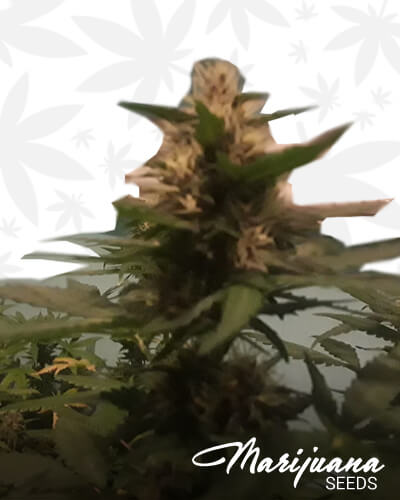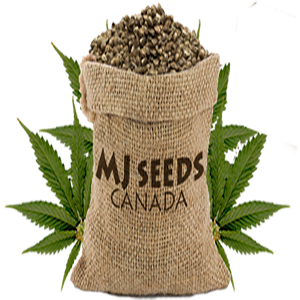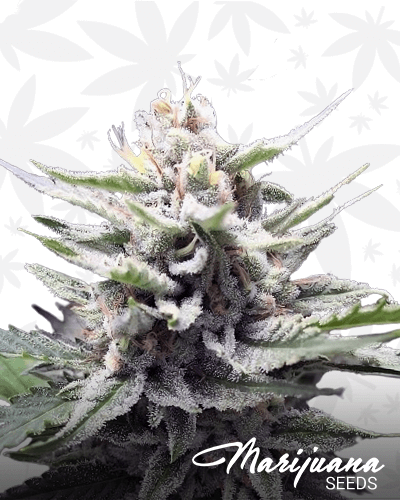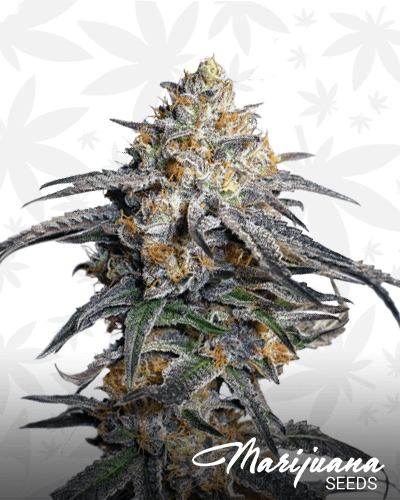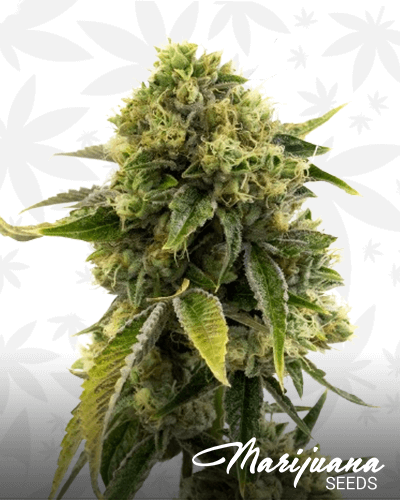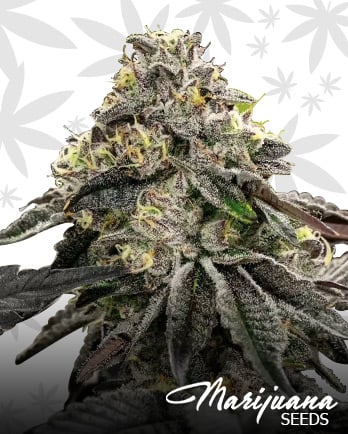Heart of Darkness Strain Information
Heart of Darkness was named as such due to its seeds’ beautiful dark appearance. It originated from the landraces of Kazahkstan, Uzbekistan, and Afghanistan. It is considered as a classic strain as it has been preserved for several generations. So far, two breeders are producing this wonderful sativa dominant strain. One is SnowHigh Seeds (Afghani x Uzbekistani x Black Congolese), and the other Sterquiliniis Seed Supply (Kong x Delicious Dark Crack) if you are looking for the ruderalis version.
What are the Flavor and Effects of Heart of Darkness?
The hybrid strain tastes and smells sweet, sour, and, most of all, hashish. It delivers an energizing, euphoric high, which will slowly creep up on you, starting as a little pressure around the eyes and temples, just like its parent strains. The high will sneakily take over your mind with euphoria, so you will become totally uplifted, creative, and productive. The mental effect is accompanied by physical relaxation, which can cause couch-lock if larger doses are taken.
What are the Medical Benefits of Heart of Darkness?
This weed can massively help in managing various mental and physical implications, such as symptoms of anxiety, chronic fatigue, depression, chronic stress, bipolar disorder, and PTSD. It helps people with attention deficit disorders by controlling their spontaneous actions and increasing their presence of mind. Though sativa dominant, it still consists of indica properties which can help in physical discomforts.
Negative Effects you Can Expect from Heart of Darkness
The smell and taste of Heart of Darkness will pull you to the depths of overindulging. It is important to stay within your limits if you don’t want to experience the discomforts of anxiety, fatigue, nausea, coughing, and paranoia. You may also find yourself experiencing a cotton mouth, dry eyes, and parched throat, which can be solved by drinking water.
How to grow Heart of Darkness?
The most suitable growing method for Heart of Darkness is the Screen of Green (SCROG) method. Yield is even greater once this method is combined with Low Stress Training (LST). The recommended temperature is around 85 degrees Fahrenheit and should not exceed. Light feeding is also advised.



